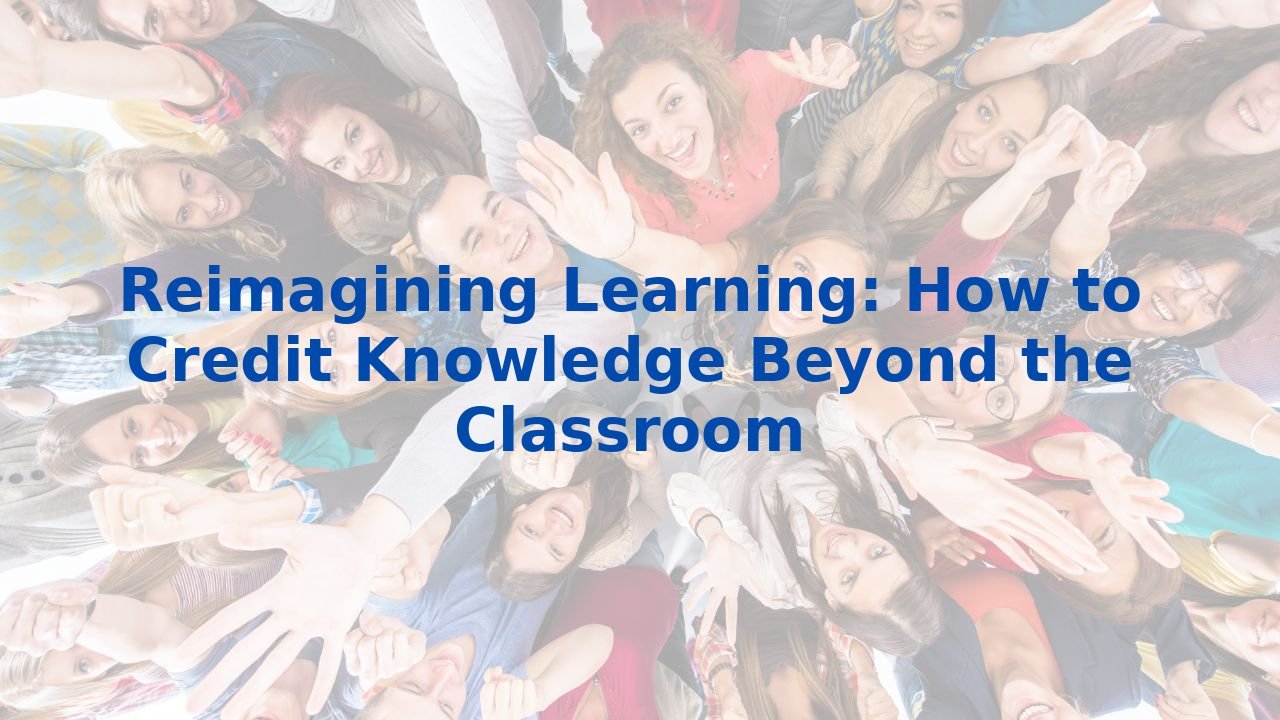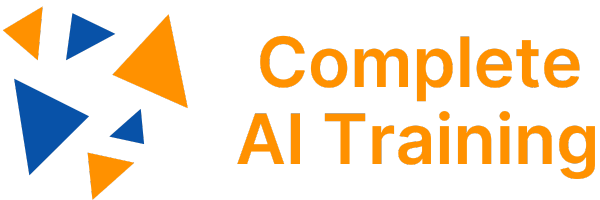Reimagining Learning: How to Credit Knowledge Beyond the Classroom
Reimagining Learning: How to Credit Knowledge Beyond the Classroom
In today’s rapidly evolving landscape, the confines of the classroom are expanding. Knowledge is no longer solely acquired through traditional educational institutions; it can be gleaned from experiences, online platforms, and workplace initiatives. As organizations look to optimize their learning strategies, a critical question arises: how can we credit knowledge and skills obtained outside the typical classroom environment? The answer lies in the innovative alignment of business process management (BPM) with the transformative potential of artificial intelligence (AI).
The New Age of Learning and Knowledge Recognition
The modern workforce is a tapestry of diverse learning experiences, from professional certifications to hands-on projects, online courses, and peer-to-peer mentorship. Recognizing and validating these skills is essential for fostering an engaged and motivated workforce. This process begins with a comprehensive Business Process Management (BPM) strategy, which allows organizations to identify, assess, and credit the knowledge acquired beyond conventional educational routes.
1. Process Discovery: Identifying Learning Opportunities
AI enhances process discovery by utilizing advanced techniques like process mining and pattern recognition. This capability allows organizations to uncover existing knowledge, skills, and competencies within their workforce that may otherwise go unnoticed. By efficiently mapping out these learning opportunities, businesses can create a more profound understanding of employees’ strengths and areas that need development. This comprehensive awareness facilitates tailored learning paths that align with each employee's unique background and experience.
2. Process Mapping: Visualizing Knowledge Acquisition
With AI at the helm, organizations can map out their knowledge acquisition processes in real-time. This mapping involves analyzing various data points, from employee achievements to engagement in online courses, allowing for a clearer visualization of how knowledge flows within the organization. This level of clarity not only highlights existing skills but also fosters a culture of continuous learning. Employees can see their development path laid out clearly, prompting them to actively seek further opportunities for growth.
3. Process Automation: Streamlining Recognition Practices
Credit attribution for knowledge and skills doesn't have to be a tedious process. AI facilitates automation by streamlining the assessment and recognition of acquired competencies. By automating mundane tasks such as tracking learning progress or evaluating certification requirements, organizations can free up valuable resources. This efficiency allows HR teams to focus on more strategic initiatives, such as fostering a culture of learning and engagement.
4. Process Management: Continuous Improvement Through Feedback
Monitoring knowledge acquisition processes in real-time is essential. AI’s capacity to analyze performance data helps organizations continuously iteratively improve these processes. Feedback loops can be established by gathering insights from employees regarding their learning experiences. This ongoing dialogue cultivates a responsive environment where learning pathways are adjusted based on real-world needs and employee input.
5. Process Improvement: Data-Driven Decision Making
By leveraging AI to glean insights from vast amounts of data, organizations can make informed decisions regarding their learning and development initiatives. Understanding trends in employee engagement, skill acquisition, and knowledge retention allows businesses to refine their strategies effectively. This cycle of data-driven decision-making ensures that organizations remain adaptable, enabling them to meet the evolving demands of their industry and workforce.
Benefits of Embracing AI in Learning Recognition
The integration of AI into BPM offers numerous benefits for organizations looking to credit knowledge beyond the classroom:
- Efficiency: Automation reduces manual workloads, allowing HR teams to focus more on strategic planning rather than administrative tasks.
- Informed Decisions: AI provides deep insights into employee skill sets, paving the way for personalized professional development.
- Real-time Adaptability: Organizations can dynamically adjust their learning initiatives based on current trends and needs.
- Mitigated Risks: Understanding the current landscape helps in recognizing knowledge gaps before they impact business outcomes.
The Importance of Training Employees for AI Utilization
To fully harness the benefits of AI, employee training is paramount. Building a workforce that not only appreciates AI tools but also understands their application is critical for success. Sessions should cover:
- AI Fundamentals: Ensuring employees comprehend the basics of AI, machine learning, and its relevance to their work.
- Data Literacy: Equipping employees with skills to interpret data, an essential part of maximizing AI insights.
- Adaptability: Fostering a culture of continuous learning to keep pace with technological changes.
Conclusion
As we reimagine learning, the integration of AI within BPM stands out as a transformative approach to crediting knowledge beyond the classroom. By optimizing processes from discovery to recognition, organizations can cultivate a culture of continuous improvement and adaptability. Embracing these technologies not only enhances operational efficiency but also empowers employees to grow within their roles, driving success for the organization as a whole. In this new era where knowledge knows no bounds, acknowledging and crediting diverse learning experiences is essential for creating a workforce prepared for the challenges ahead.



